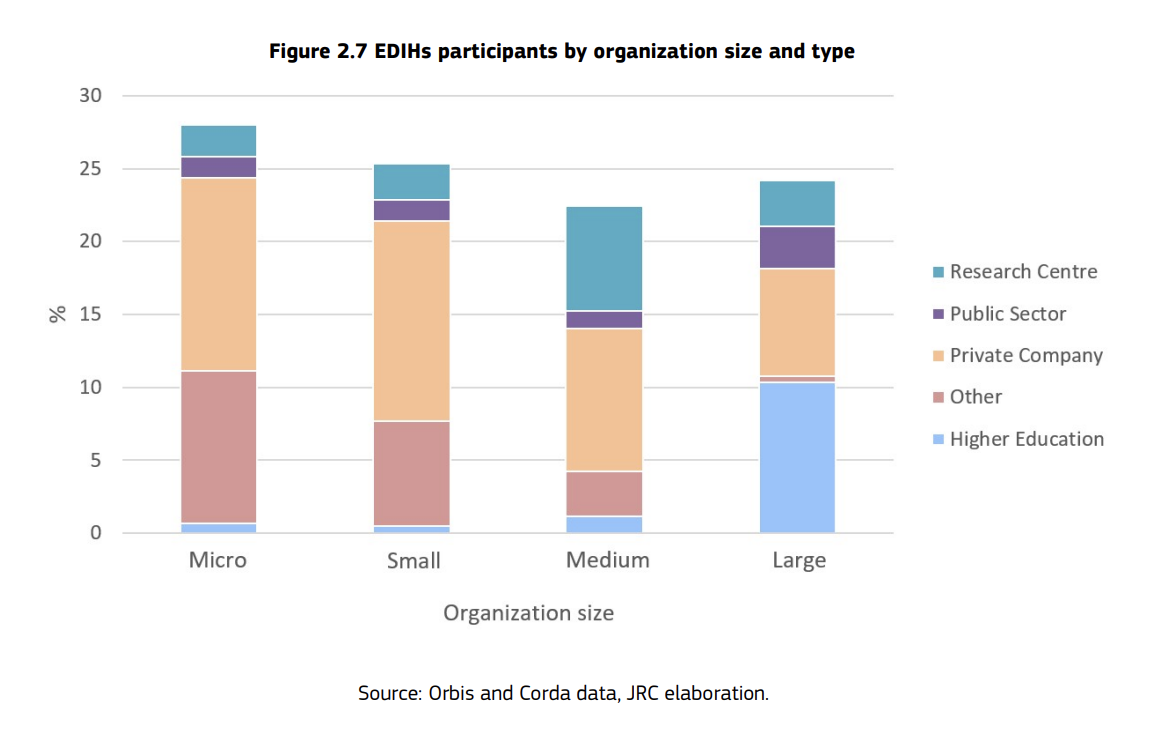Pioneering the Digital Transformation Landscape in Europe
Since September 2022, SAPIE has become a member of a Slovak AI-oriented EDIH Hopero (www.hopero.sk). But what an EDIH (short for European Digital Innovation Hub), actually is?
It is, on one hand, a concept developed by the European commission to accelerate the digital transformation of SMEs and public organizations, who are notoriously lagging behind. Usually, EDIHs are built by consortia comprising private companies (primarily ICT sector), research organizations, universities, and public sector entities, who together offer digitalization services for free, or for very reasonable prices. On the other hand, it is also a family of connected organizations working across all of Europe. Recently, the Joint research center, a research body of the European Commision, had a closer look at this family and prepared a report on the first year of their operations. Here are some of the key takeaways:
Scope and Scale: With 227 hubs in action, the EDIHs are making waves across 85% of European regions, impacting almost 90% of the EU's working population.
The top technologies targeted in EDIHs services and with the widest coverage are Artificial Intelligence, Cybersecurity, and High-Performance Computing. EDIHs stand as beacons of progress, playing a vital role in shaping the digital future of Europe. Their influence is felt far and wide, transforming industries and empowering businesses to thrive in the digital era.
EDIHs are strongly research oriented: 33% of EDIHs participants are either higher education institutions or research centres, which also receive the largest share of EU funding. Almost a third of the EDIHs organisations have experience from previous R&I projects. Most EDIHs are a blend of, from one side, more experienced participants who already have a track record in the European R&I landscape, and, on the other side, new actors coming from various backgrounds.
Strategic Services: Offering a broad spectrum of technologies and services, the EDIHs are pivotal in supporting SMEs and public sector organizations. The variety in strategies and designs showcased reflects a commitment to tailoring solutions for a wide array of needs. On average, EDIH services encompasses 9 technologies and 7 sectors, as well as 8 services, thus addressing a large palette of different needs.
The most targeted sectors are the Manufacturing sector (targeted by 64% of EDIHs), followed by Health Care (47%) and Public sector (44%). Beyond these three pivotal sectors and technologies, the average EDIHs portfolio is quite wide.

